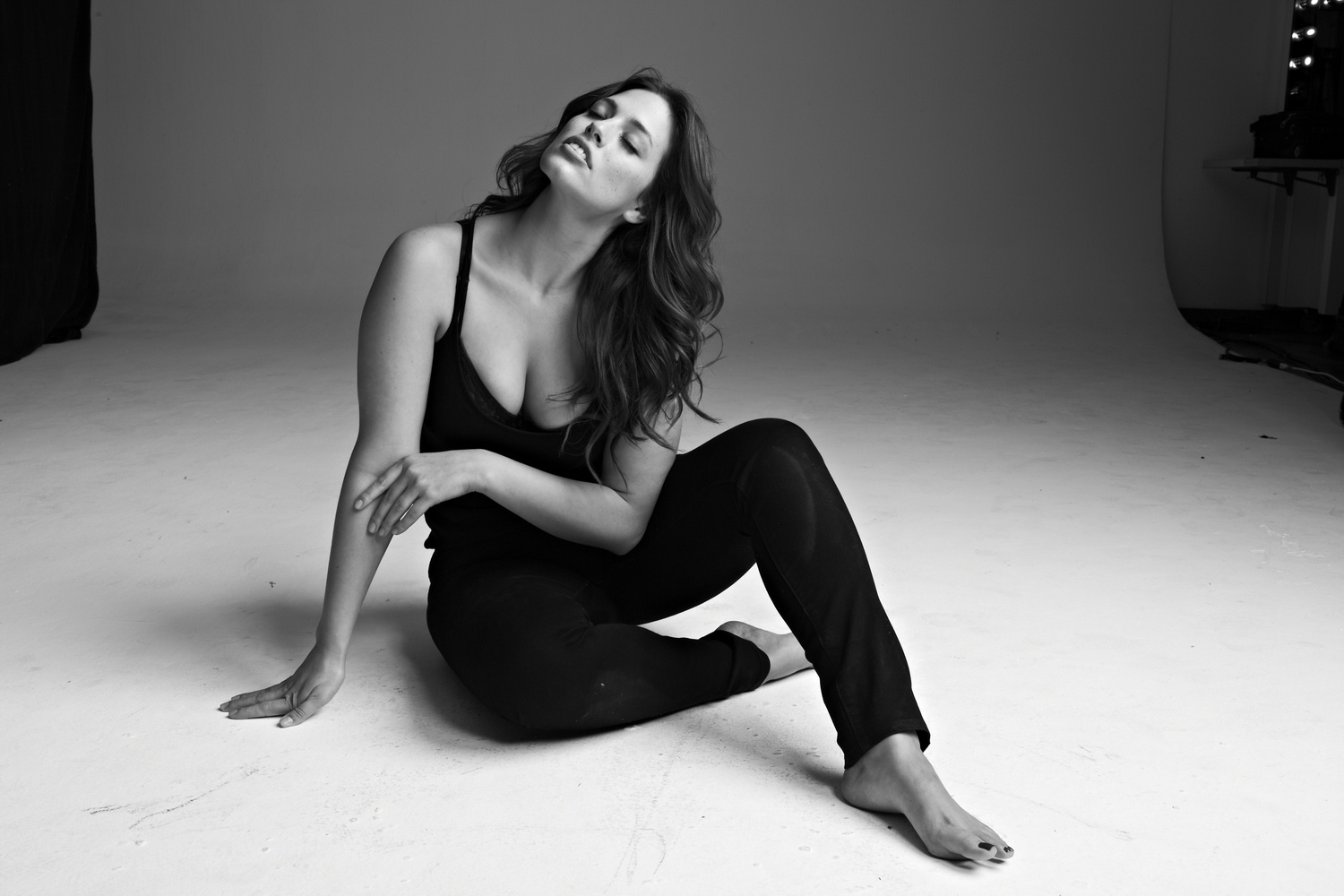To land on the cover of Vogue Magazine is a coronation into royalty. A competition; without official rules – no international jury to debate whose face appears on next month’s issue, simply the will of the sitting editor of the magazine.
Ever since the transition into color photography, the standards of who should appear on the cover have been notoriously strict. Primary focus were models – tall, thin, fashionable, and classic like legendary German models Veruschka, Karen Graham, or supermodel Cindy Crawford, just to name a few.
However, with fashion continuously transforming, so can its most important institution; Vogue. The classic ideals of feminine beauty are no longer the only women being asked for the cover. The harbinger of this revolutionary trend was Naomi Campbell, who, in 1988, became the first Black woman to appear on the cover of French Vogue. One year later, Campbell appeared on the cover of the September issue in the magazines American publication – one of the most important issues of the year. Chief editor Anna Wintour struggled greatly to achieve such a feat in a time plagued by racism and intolerance.
Today, the cover of Vogue is adorned with not only models, but also important celebrities and icons truly representative of the modern Zeitgeist as well. A great example of this new trend was displayed on the double cover featuring rapper Kanye West and his wife, reality star Kim Kardashian.
The January issue of British Vogue reached another milestone in challenging beauty standards of yesteryear. Ashley Graham (photographed by Patrick Demarchelier) will be ringing in the New Year by dismantling classical body-standards of the fashion industry. Often cited as a ‘plus-size’ model, Ashely rejects this branding. In an interview with Vogue UK she discusses her meteoric rise to fame and her tireless campaign for a more positive outlook on women’s beauty standards.
Is 2017 finally the year where fashion dares to be feminist?

